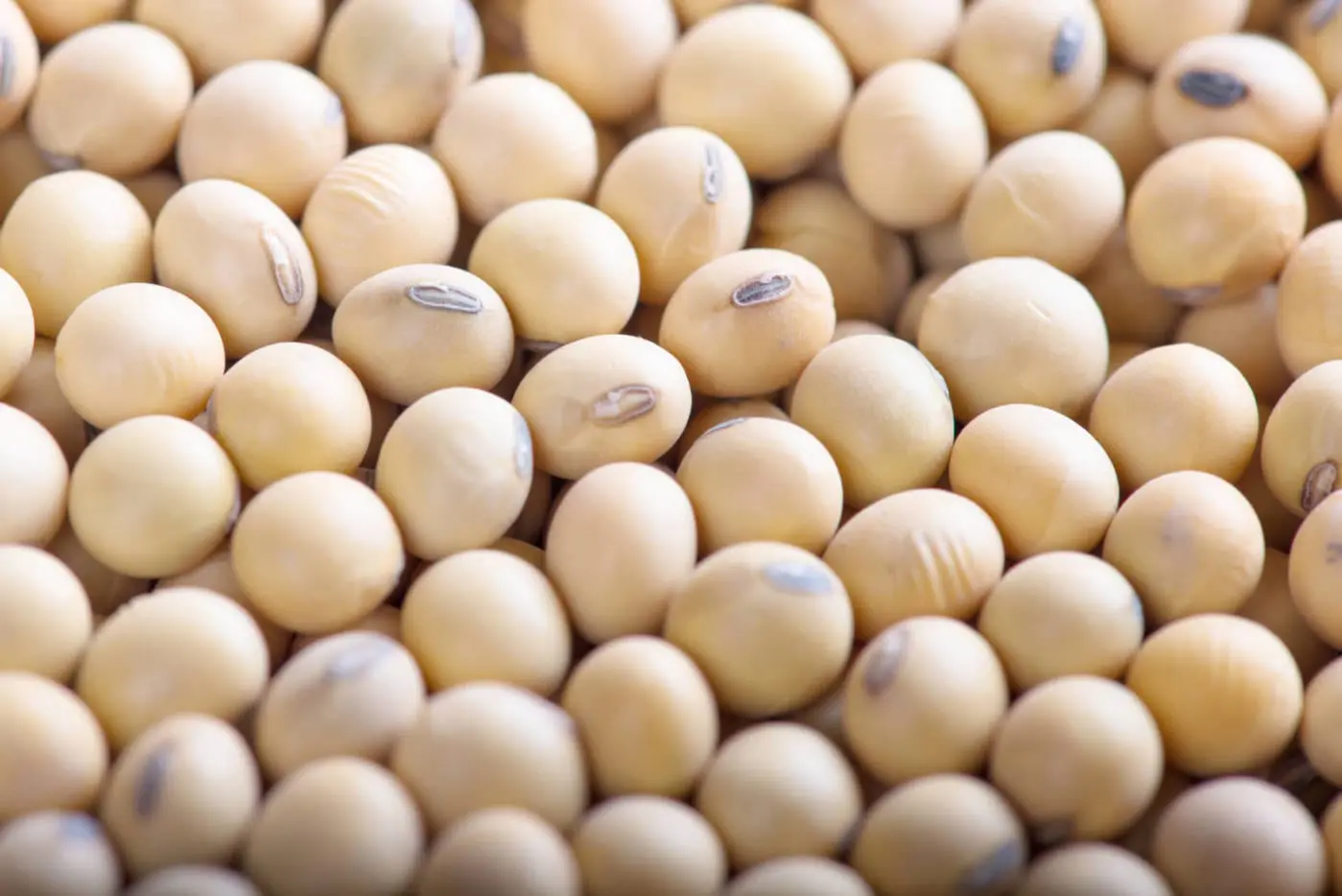In plant-based diets, beans play a critically important role as sources of protein. In fact, it is difficult if not impossible to meet the requirement for the indispensable amino acid lysine without consuming legumes when total protein intake does not exceed the RDA. Beans are also excellent sources of B vitamins and minerals such as potassium and resistant starch and fiber.1 For those individuals concerned about food costs, they are an especially good choice. While it is true that because of the presence of oligosaccharides, beans can cause flatulence, research indicates that this concern is much less of an issue than is commonly perceived and that over time flatulence appears to diminish.2 Besides, the oligosaccharides can function as prebiotics thereby stimulating the growth of health-promoting colonic bacteria.1
While there are exceptions (humus/falafel), for the most part other than soybeans, beans are consumed whole. That is, other than boiling, they are typically consumed without additional processing. In contrast, although soybeans can also be consumed after only minimal processing in the form of boiled beans, edamame and soynuts, they can also undergo additional processing to produce the traditional Asian soyfoods (tofu, miso, tempeh) or soy protein products (isolates, concentrates, flour).
